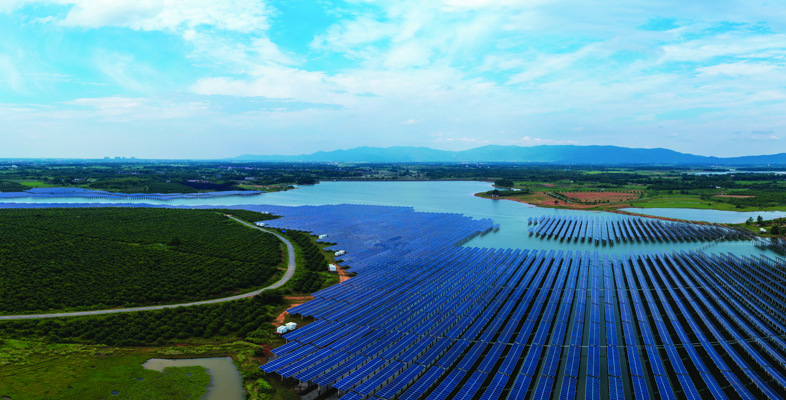4.2 Conflict and Lesvos
The situation in Lesvos brought into play conflict involving different groups and at different levels. Examining this case study in terms of conflict provides useful insights and raises important questions as to how the competing interests can be met.
The initial humanitarian response depended on local residents as no humanitarian organisations were active in the north of the island during the first part of 2015. Initially ad-hoc, the volunteer response self-organised, created transit centres in the north of the island, provided food, clothing and transport. Subsequently, the Moira and Kara Tepe camps were constructed outside Mitilene to provide temporary accommodation to asylum seekers awaiting the registration process.
This goodwill of the resident population became extremely strained as the number of arrivals on the island increased. In 2015, Greece was struggling to recover from economic recession and the government had limited ability to react to the unfolding humanitarian emergency. The lack of capacity to manage the influx of refugees led to bottlenecks in the system such as delays in processing asylum applications, and then lack of capacity of ferries to take successful applicants to the mainland. This resulted in the refugees having to remain on Lesvos for prolonged periods of time. Policies introduced by the European Union (EU) and Turkey in 2016, such as closure of the Balkan route, led to a decrease in refugee arrivals but left those refugees already on the island with no way out.
The subsequent influx of other categories of foreigners – volunteers, journalists, celebrities and academic researchers – further compounded matters. Understanding and responding effectively to the migration issue on Lesvos requires appreciating the complexity of the different conflicts at play there, of their changing nature and of the range of actors involved.
The case of Lesvos shows conflict as a driver of migration in that, initially at least, those arriving were fleeing from violence and war. This situation was complicated later in the year by the arrival of migrants from other countries seeking better economic prospects. Conflict also becomes an outcome of the migration with several different conflicts at play.
These included:
Conflict between refugees and locals
Many locals complained because they observed their island being turned into an ‘open prison’, where refugees lived in awful conditions. Lesvos’ tourist industry was negatively affected, while already struggling local services and infrastructures could not cope with the demand. Refugees became an ideal scapegoat and tensions between refugees and locals became the norm.
Conflict among locals
An increasing divide became apparent amongst Lesvos locals – between those receptive to the refugees and those hostile towards them. Such conflict threatens social cohesion on Lesvos by fostering parallel local communities which live ‘alongside’ rather than ‘with’ one another.
Conflict between locals and NGOs
Local people felt ignored and side-lined by the NGOs that arrived on the island, despite the fact that the islanders themselves had been dealing with the situation and supporting the refugees for some time before this, and many continued to do so. Some locals believed that the main aim of some NGOs is to make a profit by enabling a permanent emergency on Lesvos and by not criticising the EU’s exceptional border policies whereby temporary internal border controls were reintroduced and resulted in refugees being trapped on the island. As a result, many NGO workers were targeted by locals and spoke frequently of intimidation.
Conflict between locals and the Greek State and the EU
Locals argue that both the central Greek state and the EU enforced border policies and overlooked locals’ interests and without consulting regional and municipal authorities. They complained of being abandoned by the Greek state. The EU is seen as an intervening actor aiming to transform islands such as Lesvos into warehouses for migrants and refugees. Demonstrations and general strikes opposing the Greek state and EU border practices are very frequent.
What emerges from a consideration of the challenge of conflict is a need to examine the competing interests and agendas of the different actors participating in the situation, as well as recognising that the dynamic of the ensuing conflicts changes and evolves over time as more actors get involved. The situation deteriorates or improves in different ways for different actors. The issue of migration on Lesvos links to wider issues of border security and control at European and global levels, as well as necessitating awareness of the economic, social and political drivers that make people undertake hazardous journeys in search of safety and a better life.
